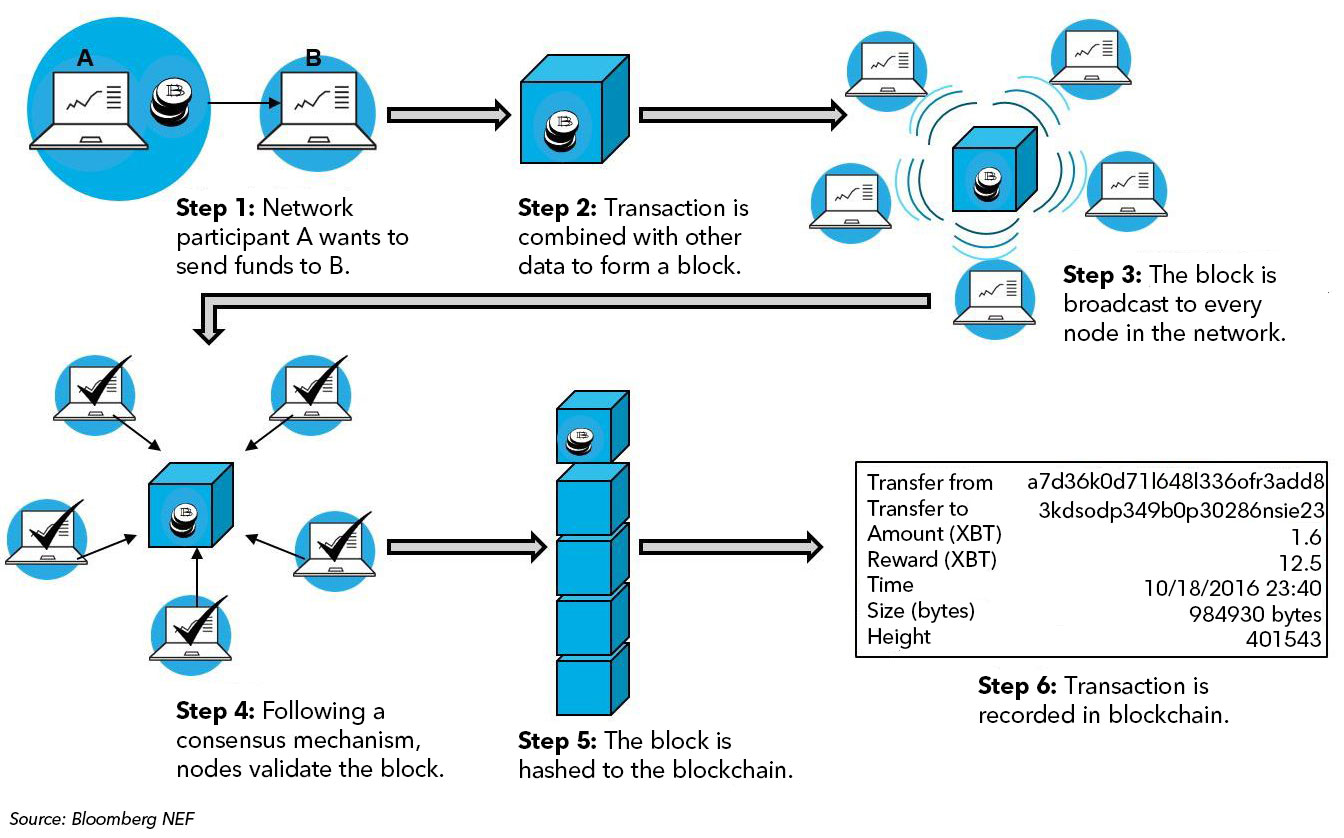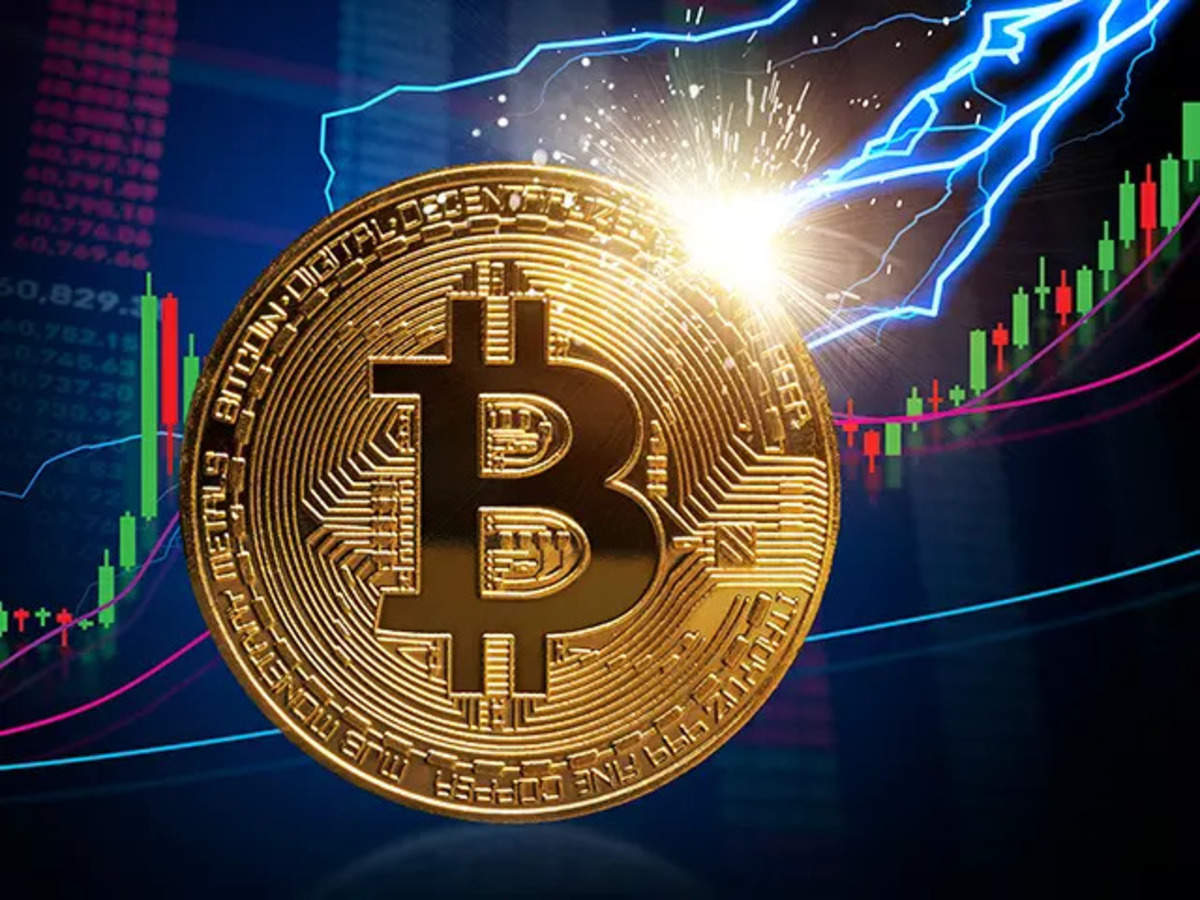BLOCKCHAIN COMPUTING [-1-]
INTO THE WORLD OF "BLOCKCHAIN-COMPUTING "
SERIES NAME: - "LEVEL UP" BY = CHITEKI KUN!-(N.S.R)
POD-1........................
Before seeing about the "BLOCKCHAIN-COMPUTING" we should know about the Blockchain . How it works!!! ...... LET'S DIVE...
What is Blockchain?
Blockchain, sometimes referred to as Distributed Ledger Technology (DLT), makes the history of any digital asset unalterable and transparent through the use of decentralization and a cryptographic thing.
A simple analogy for understanding blockchain technology is a Google Doc. When we create a document and share it with a group of people, the document is distributed instead of copied or transferred. This creates a decentralized distribution chain that gives everyone access to the document at the same time. No one is locked out awaiting changes from another party, while all modifications to the doc are being recorded in real-time, making changes completely transparent.
BLOCKCHAIN EXPLAINED: A QUICK OVERVIEW:-
+ A blockchain is a database that stores encrypted blocks of data then chains them together to form a chronological single-source-of-truth for the data.
+ Digital assets are distributed instead of copied or transferred, creating an immutable record of an asset
The asset is decentralized, allowing full real-time access and transparency to the public.
+ A transparent ledger of changes preserves integrity of the document, which creates trust in the asset.
+ Blockchain’s inherent security measures and public ledger make it a prime technology for almost every single sector
Blockchain is an especially promising and revolutionary technology because it helps reduce risk, stamps out fraud and brings transparency in a scalable way for myriad uses.
Blockchain consists of three important concepts: Blocks,Nodes and Miners:-
1.Blocks
+ Every chain consists of multiple blocks and each block has three basic elements:
+ The data in the block.A 32-bit whole number called a nonce. The nonce is randomly generated when a block is created, which then generates a block header hash.
+ The hash is a 256-bit number wedded to the nonce. It must start with a huge number of zeroes (i.e., be extremely small).
+ When the first block of a chain is created, a nonce generates the cryptographic hash. The data in the block are considered signed and forever tied to the nonce and hash unless it is mined.
2.Miners
+ Miners create new blocks on the chain through a process called mining.
+ In a blockchain every block has its own unique nonce and hash, but also references the hash of the previous block in the chain, so mining a block isn't easy, especially on large chains.
+ Miners use special software to solve the incredibly complex math problem of finding a nonce that generates an accepted hash. Because the nonce is only 32 bits and the hash is 256, there are roughly four billion possible nonce-hash combinations that must be mined before the right one is found. When that happens miners are said to have found the "golden nonce" and their block is added to the chain.
Making a change to any block earlier in the chain requires re-mining not just the block with the change, but all of the blocks that come after. This is why it's extremely difficult to manipulate blockchain technology. Think of it as "safety in math" since finding golden nonces requires an enormous amount of time and computing power.
When a block is successfully mined, the change is accepted by all of the nodes on the network and the miner is rewarded financially.
POD-2........................
Cryptocurrencies: The Beginning of Blockchain's Technological Rise:-
Blockchain’s most well-known use (and maybe most controversial) is in cryptocurrencies. Cryptocurrencies are digital currencies (or tokens), like Bitcoin , Ethereum or Litecoin, that can be used to buy goods and services. Just like a digital form of cash, crypto can be used to buy everything from your lunch to your next home. Unlike cash, crypto uses blockchain to act as both a public ledger and an enhanced cryptographic security system, so online transactions are always recorded and secured.
Blockchain’s security makes theft much harder since each cryptocurrency has its own irrefutable identifiable number that is attached to one owner.
Crypto reduces the need for individualized currencies and central banks- With blockchain, crypto can be sent to anywhere and anyone in the world without the need for currency exchanging or without interference from central banks.
More and more large corporations are coming around to the idea of a blockchain-based digital currency for payments. In February 2021, Tesla famously announced that it would invest $1.5 billion into Bitcoin and accept it as payment for their cars.
Of course, there are many legitimate arguments against blockchain-based digital currencies. First, crypto isn’t a very regulated market. Many governments were quick to jump into crypto, but few have a staunch set of codified laws regarding it. Additionally, crypto is incredibly volatile due to those aforementioned speculators. In 2016, Bitcoin was priced around $450 per token. It then jumped to about $16,000 a token in 2018, dipped to around $3,100, then has since increased to more than $60,000. Lack of stability has caused some people to get very rich, while a majority have still lost thousands.
POD-3........................
History of Blockchain:-
Although blockchain is a new technology, it already boasts a rich and interesting history. The following is a brief timeline of some of the most important and notable events in the development of blockchain.
THE FOLLOWING YEARS .....REST IS THE HISTORY..........
2008:-
+ Satoshi Nakamoto, a pseudonym for a person or group, publishes “Bitcoin: A Peer to Peer Electronic Cash System."
2009.
+ The first successful Bitcoin (BTC) transaction occurs between computer scientist Hal Finney and the mysterious Satoshi Nakamoto.
2010:-
+ Florida-based programmer Laszlo Hanycez completes the first ever purchase using Bitcoin — two Papa John’s pizzas. Hansels transferred 10,000 BTC’s, worth about $60 at the time. Today it's worth $80 million.
+ The market cap of Bitcoin officially exceeds $1 million.
2011:-
+ 1 BTC = $1 USD, giving the cryptocurrency parity with the US dollar.
+ Electronic Frontier Foundation, Wikileaks and other organizations start accepting Bitcoin as donations.
2012:-
+ Blockchain and cryptocurrency are mentioned in popular television shows like The Good Wife, injecting blockchain into pop culture.
+ Bitcoin Magazine launched by early Bitcoin developer Vitalik Buterin.
2013:-
+ BTC market cap surpassed $1 billion.
+ Bitcoin reached $100/BTC for the first time.
Buterin publishes “Ethereum Project" paper suggesting that blockchain has other possibilities besides Bitcoin (e.g., smart contracts).
2014:-
+ Gaming company Zynga, The D Las Vegas Hotel and Overstock.com all start accepting Bitcoin as payment.
+ Buterin’s Ethereum Project is crowdfunded via an Initial Coin Offering (ICO) raising over $18 million in BTC and opening up new avenues for blockchain.
+ PayPal announces Bitcoin integration.
2015:-
+ Number of merchants accepting BTC exceeds 100,000.
NASDAQ and San-Francisco blockchain company Chain team up to test the technology for trading shares in private companies.
2016:-
+ Tech giant IBM announces a blockchain strategy for cloud-based business solutions.
+ The government of Japan recognizes the legitimacy of blockchain and cryptocurrencies.
2017:-
+ Bitcoin reaches $1,000/BTC for the first time.
+ Cryptocurrency market cap reaches $150 billion.
JP Morgan CEO Jamie Dimon says he believes in blockchain as a future technology, giving the ledger system a vote-of-confidence from Wall Street.
+ Bitcoin reaches its all-time high at $19,783.21/BTC.
+ Dubai announces its government will be blockchain-powered by 2020.
2018:-
+ Facebook commits to starting a blockchain group and also hints at the possibility of creating its own cryptocurrency.
IBM develops a blockchain-based banking platform with large banks like Citi and Barclays signing on.
2019:-
+ China’s President Ji Xinping publicly embraces blockchain as China’s central bank announces it is working on its own cryptocurrency.
+ Twitter & Square CEO Jack Dorsey announces that Square will be hiring blockchain engineers to work on the company’s future crypto plans.
2020:-
+ Bitcoin almost reaches $30,000 by the end of 2020 PayPal announces it will allow users to buy, sell and hold cryptocurrencies
+ The Bahamas becomes the world’s first country to launch its central bank digital currency, fittingly known as the “Sand Dollar”.



Comments
Post a Comment